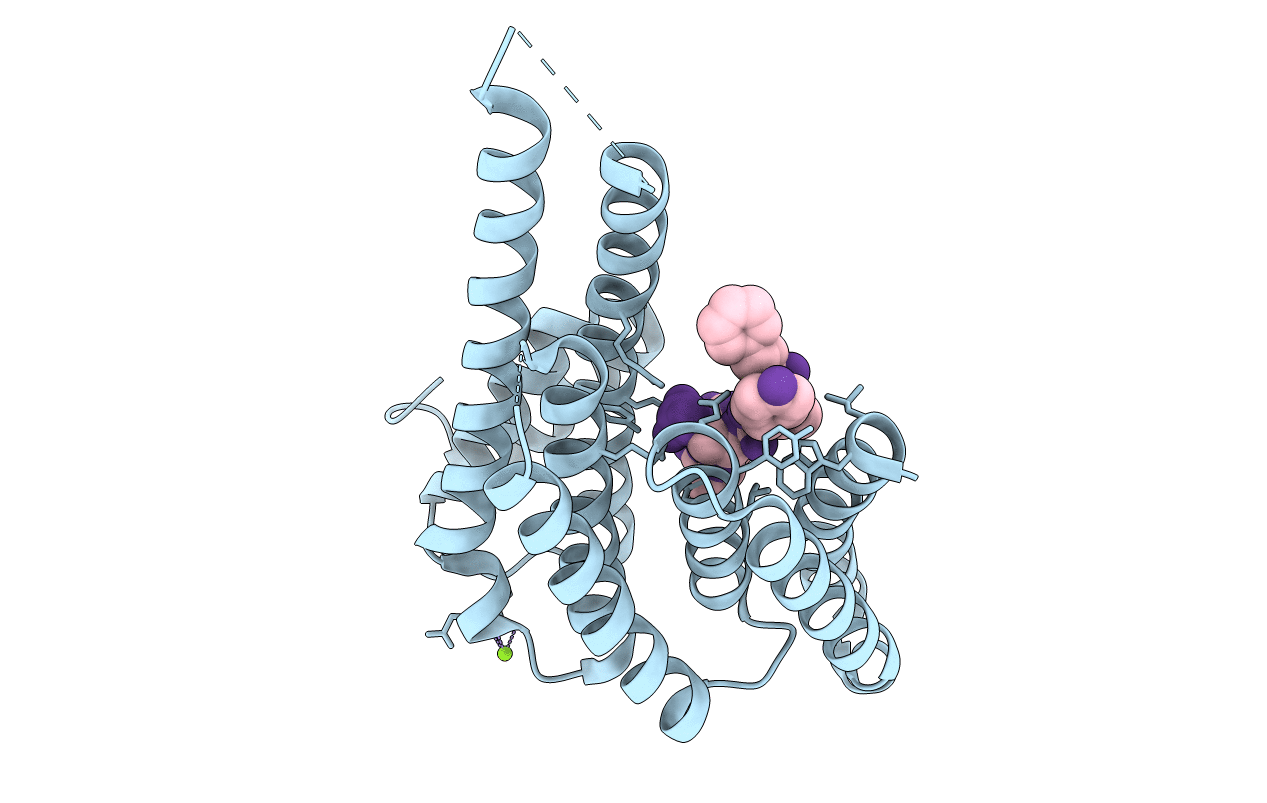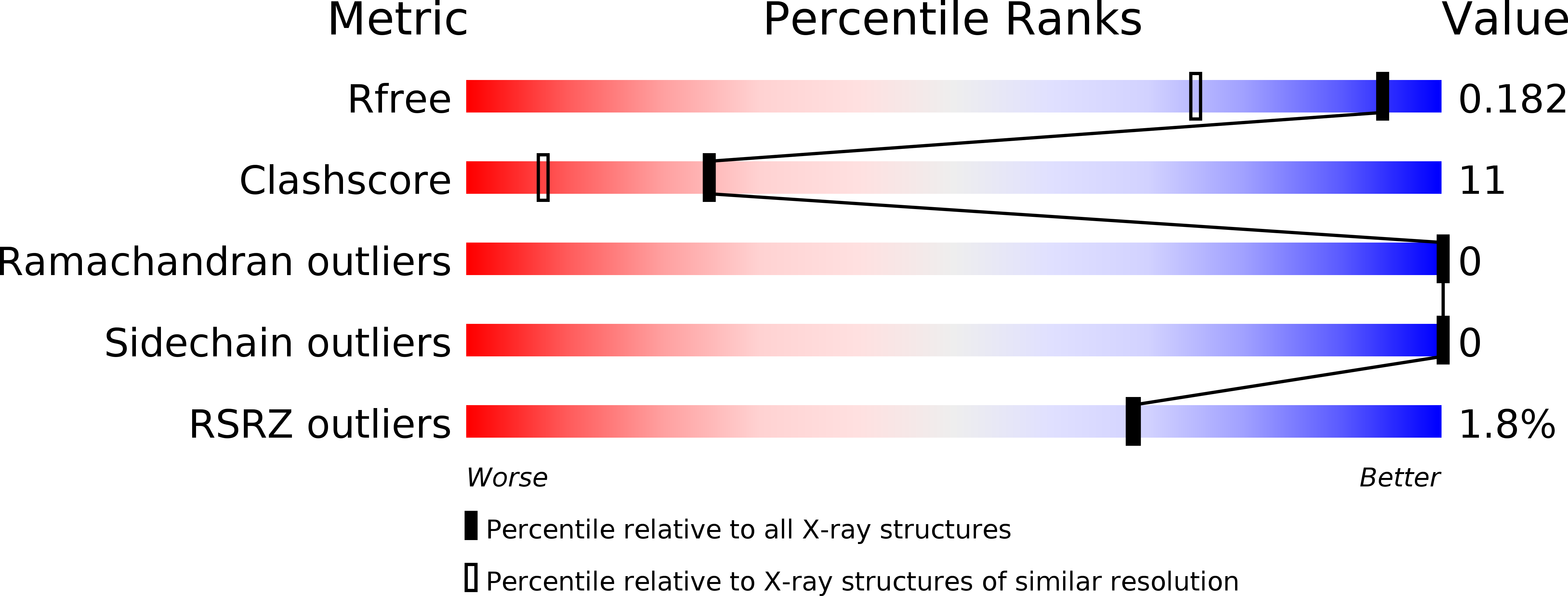
Deposition Date
2012-01-13
Release Date
2012-06-13
Last Version Date
2024-10-30
Entry Detail
PDB ID:
4DAT
Keywords:
Title:
Structure of 14-3-3 sigma in complex with PADI6 14-3-3 binding motif II
Biological Source:
Source Organism:
Homo sapiens (Taxon ID: 9606)
Host Organism:
Method Details:
Experimental Method:
Resolution:
1.40 Å
R-Value Free:
0.18
R-Value Work:
0.14
R-Value Observed:
0.14
Space Group:
C 2 2 21


